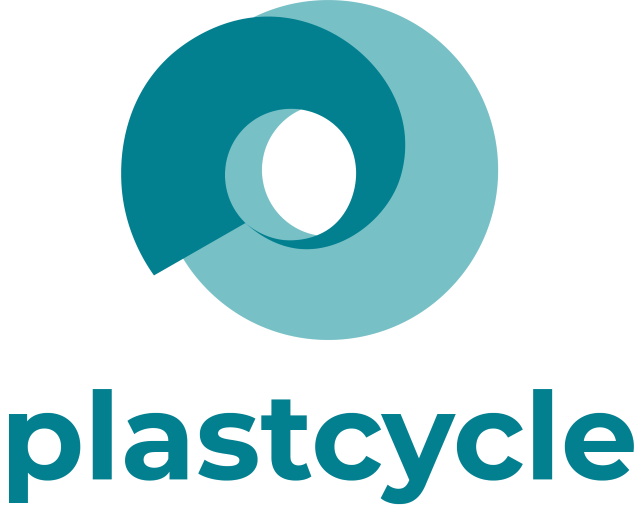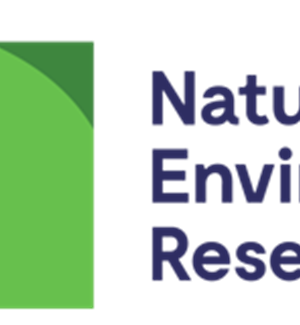- United Nations Institute for Training and Research (UNITAR) - Switzerland,
- Norwegian Environment Agency - Norway,
- Romerike Avfallsforedling IKS (ROAF) - Norway,
- AKK Innovation - Germany,
- The Municipality of Oslo - Norway,
- Grønt Punkt Norge - Norway,
- Stella - Poland
Plastic Cycle (PLASTCYC); Optimizing Resource Efficiency while Minimizing Recycling of Hazardous Chemicals in a Circular Economy: The stock and flows of the seven most used polymers in plastic products in Norway were successfully mapped in the PLASTCYC project. The project provided a dynamic probabilistic economy-wide material flow analysis (MFA) of seven plastic polymers (HDPE, LDPE, PP, PS, PVC, EPS, and PET) in Norway from 2000 to 2050. A total of 40 individual product categories aggregated into nine industrial sectors were taken into consideration. The results of this project depicted that 620 ± 23 kt or 114 kg/capita of these seven plastic polymers were put on the Norwegian market in 2020. Although ~50% of all plastic waste is collected separately from the waste stream, only around 25% is sorted for recycling. Overall, ~50% of plastic waste is incinerated, ~15% exported, and ~10% landfilled. Furthermore, the possible concentrations of chemical additives used in various plastic polymers in different industrial sectors coupled with the potential hazardous score of each chemical provided a comprehensive and effective tool to identify chemicals of concern in plastic products. The outcomes of this work can be used as a guideline for other countries to establish the stocks and flows of plastic polymers from various industrial sectors which is needed for the implementation of necessary regulatory actions and circular strategies. The project information has been extracted from the Project Bank of the Research Council of Norway.
Want to analyze based on this project via our analysis tool? Analyze this project
Knowledge Gaps
Bioaccumulation, bioconcentration and persistence
Environmental fate and behavior of plastic
Commercial-related uncertainties
Environmental effects and ecotoxicity
Characteristics of plastic-general
Publications





